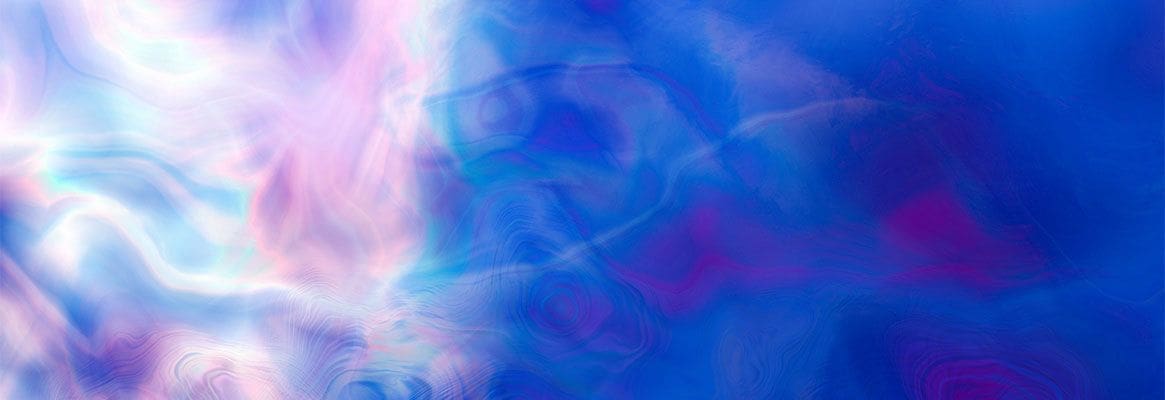The textile industry has been one of the largest consumers of water and is also responsible for polluting the environment with chemical treated waste. It is estimated that on an average to process one kilogram of textile material, 100-150 litres of water is required. Many companies are working towards cutting back on the usage of water by conserving, recycling, dye sublimation, and other new technologies.
Water is the key component and is used as a solvent in pre-treatment and finishing processes such as washing, bleaching, dyeing, rinsing, and scouring. According to the World Bank, textile dyeing and treatment are the source of 17-20% of industrial water pollution. Until a few years back, there was no substitute for dyeing fabrics but by using water. Thanks to dry dyeing, a waterless dyeing technique, this is possible now. This process makes use of carbon dioxide to dye textile materials. A super critical liquefied form of carbon dioxide dyes fabrics, providing same results as the conventional water based methods.
The dry dyeing method, a pioneering work of a Dutch company in textile dyeing, does not make use of water at all. Super critical is a state where matter can be expanded into a liquid or heavily pressurized and converted to gas. When carbon dioxide is heated to over 31°C and pressurized to above 74 bar, the super critical state is then achieved. Carbon dioxide’s liquid like densities proves to be beneficial for dissolving hydrophobic dyes and the gas like densities, have low viscosities and diffusion properties.
The supercritical carbon dioxide technique is already being used in apparel dry cleaning, and has proved to be by far the best, most gentle, and the cleanest method to do so. There are various reasons as to why carbon dioxide is the best supercritical fluid for the dry-dyeing technique. It is a naturally occurring inexhaustible resource, physiologically compatible, and relatively inexpensive.
Carbon dioxide is readily available, is biodegradable, and does not release any form of volatile organic compounds. Moreover, it is non-toxic, non-flammable, and non-corrosive. These merits make it a very viable dyeing alternative. The biggest merit of using carbon dioxide is that it can be recovered, and reused again from the process of dyeing, making it a cost-effective option.
This method of waterless dyeing is also used for printing on garments. The water-based dyeing techniques involve drying the garment, once it has been colored, while this new innovative technique eliminates this process altogether.
Currently, the supercritical carbon dioxide is limited to dyeing of synthetic and polyester fabrics with modified dispersed dyes. However, efforts are being made by the company and innovators to develop dyeing methods for cellulosics in the distant future. Carbon dioxide makes the polymer swell letting the disperse dyes to easily diffuse within the polymer, penetrating the pore and capillaries of the fibres. Circulation of the dye solutions using the aqua free dyeing method is easier and consumes less energy. The deep penetration leads to effective coloring of polymers. The residue produced is minimal and can be recycled.
Dyeing with carbon dioxide delivers brilliant results in terms of dye levelness and shade development. The physical properties are also as good as the conventional dyeing methods. This kind of dyeing is done in equipments, where in the fabric is rolled and inserted in a high pressure vessel filled with carbon dioxide, and pressurized up to 250 bar. Removing excess dye is also done in the same vessel. The viscosity of dyes produced by this process is low. Water less dyeing when compared to conventional dyeing forms consumes very less energy, disposes less waste, and completes the dyeing process in approximately two to three hours. This makes it an environment friendly and sustainable alternative.
Similarly, a Switzerland based denim dyeing company created a new eco-friendly dye that uses 92% less water, 30% less energy, and saves up to 63% cotton waste and produces same coloring results when compared to conventional techniques. This state of the art process hands over improved color fastness, better production of tones, and helps achieve deeper blues.
Brands like Adidas and Nike have already considered these methods for dyeing clothes to meet the demands of consumers who are environment conscious. Since athletic and sportswear use polyester and single color, this process would be just perfect.
Ingenious technologies like these in fabric dyeing can bring a positive change in the dyeing processes of the textile industries. Such inventions will bring the textile and apparel companies and the users a step closer towards making the environment cleaner and greener. Needless to say, it will also solve the problem of water scarcity and value the ecological resources.
Efforts like these must be endorsed, applauded, and recognized to pave way for sustainability and curb pollution caused by various industrial textile activities.
Reference: https://www.fibre2fashion.com/industry-article/6949/waterless-dyeing-techniques

